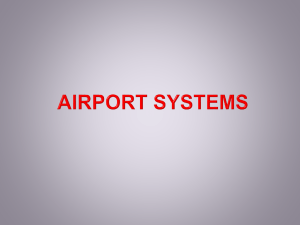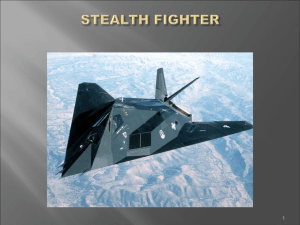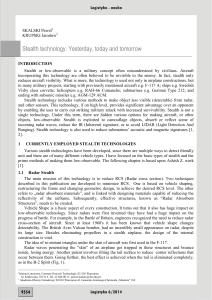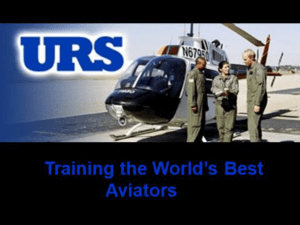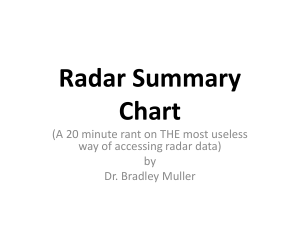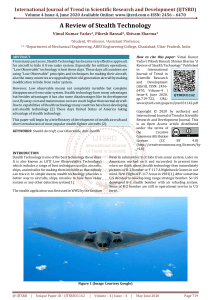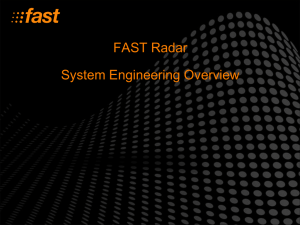click to save-STEALTH TECHNOLOGY
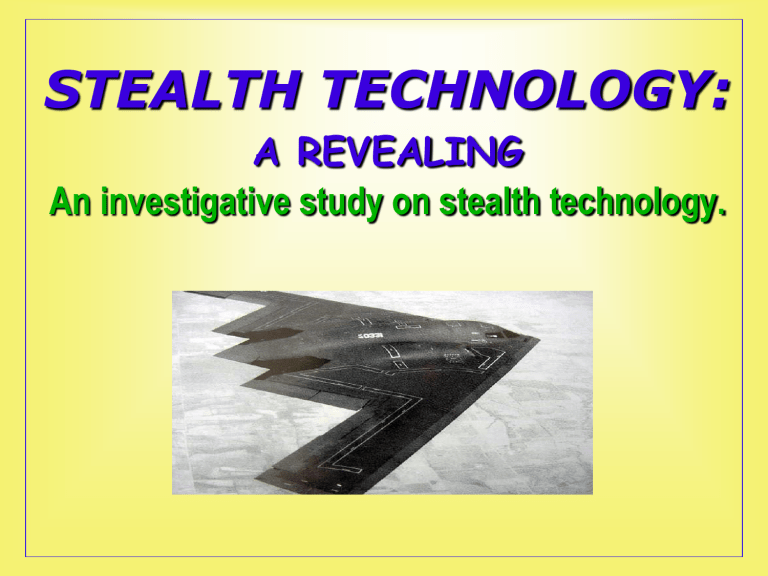
STEALTH TECHNOLOGY:
A REVEALING
An investigative study on stealth technology.
What is it?
• RADAR to detect position of objects.
• Counter measures 1. ECM ( e.g. chaff cartridges) 2. Non ECM
• Avoiding detection and innovating deception .
• RCS reductions, acoustics, thermal and other EM emissions
Examples
• F 117
• B-2 Bomber
• F-22 Raptor( From YF 23 Platform)
• SR-71 Black bird
• HMS Helsingborg
How is it achieved.
• Absorbs radar waves or deflects to other directions.
• Minimizes heat and other emissions from engine and other spots.
• Makes difficult to detect except closely.
Vehicle shape and structure
• Smooth edges maximum radio wave reflectors.
• The size of a target's image on radar is measured by RCS (σ )
• For a square flat plate of 1m 2 area, σ=13982 m 2 at 10 Ghz
Vehicle structure (contd..)
• Mainly plan form alignment.
• The leading edges of wing and tail surfaces set at same angles.
Vehicle structure (contd..)
• Use of re-entrant triangles behind skin.
• Distinctive serrations used in external airframes.
• Propulsion subsystem shaping.
• Now in research is fluidic nozzles for thrust vectoring.
Radar Absorbing Materials
(RAM)
• RAMs often as paints used to absorb RADAR signals.
• Iron ball paint, ferrite in polymer matrix used.
• The cockpit canopy coated with thin layer of indium tin oxide .
RAMs (contd..)
• Small cell foams painted or loaded with absorbing ink.
• MAGRAM
• R- Card
• Absorbing honeycomb
• Transparent RAM
Other fields
• Reducing RCS alone not enough.
• More difficulty is reducing the IR signature.
• Interest is near IR region.
(shorter than 10 µm)
IR Emission
• Major IR emission sources.
1. Tailpipe region
2. Turbojets have EGT’s of 1000 o C
3. Exhaust gas plume
4. Hot engine parts
5. Aircraft skin (frictional heating)
6. Reflected and reemitted sunlight.
IR Reduction
• Using surface paints
• Non circular tail pipe
• Emissions from hot parts screened by airframe.
• The plume mixed with cool air.
IR Reduction (contd…)
• IR best transmitted 2.5, 4 and
10 micron bands.
• IR outside window absorbed by
CO
2
• Passive IR target acquisition systems more used.
Electromagnetic emissions
• EM emissions other than IR .
• The greatest source is RADAR itself.
• Shutting down RADAR a solution having negative effects.
• Radio /radar altimeters and Doppler navigation systems.
EM emissions (contd…)
• Use of inertial navigation , laser or millimetric wave system
• Other EM emissions
1. Radio communication
2. ECM exploited (passive listening)
3. Composite materials radiating switching transients
• Passive sensors (LPI radar in F-22 ), LOS communication, inertial navigation are used.
Acoustics
• Most important for submarine & ground vehicles.
• Rubber mountings, AIP system, slow turning propellers etc.
Visibilit y
• Matte paint, gray paint in disruptive schemes , yehudi lights ( active camouflage).
How to counter.
• Background of stealth craft than craft shall be searched for.
• High flying aircraft with SLAR, FLIR etc are used.
• Same method advantageously used using satellite.
Stealth counter (contd….)
• Uninterrupted radio waves from stars mapped.
• Failure or fainter image suggests probability of stealthy craft.
• Advantages of using lethal SAM’s and remain undetected.
• Low frequency radar nullifies stealth from shape.
Stealth counter (contd….)
• Disadvantages of LFR
1. Wavelength unavailability
2. Inaccuracy
3. Size
• 1. Bistatic radars and
2. Using reflections from civilian radio transmitters.
gives better detection.
Conclusion.
• Stealth technology developed a lot.
• Investment needed is very high.
• High chance of low cost gain.
• A lot learned about signature reduction and absorption.
• Useful for other projects.
• Success yet to be proved extensively.





